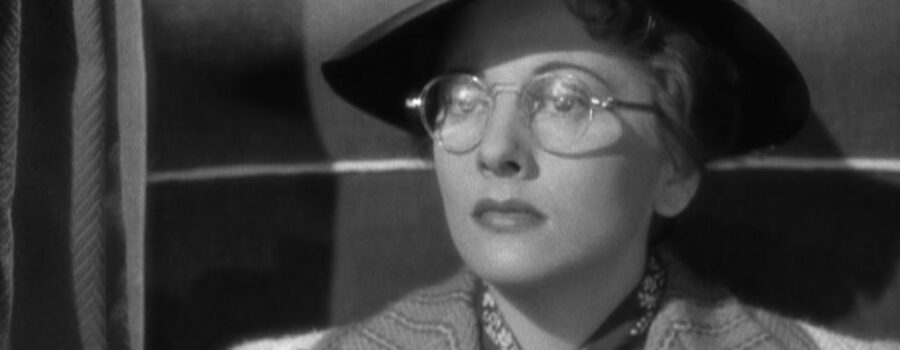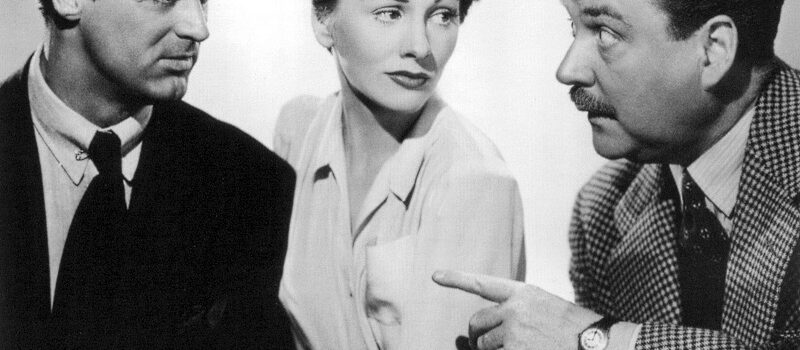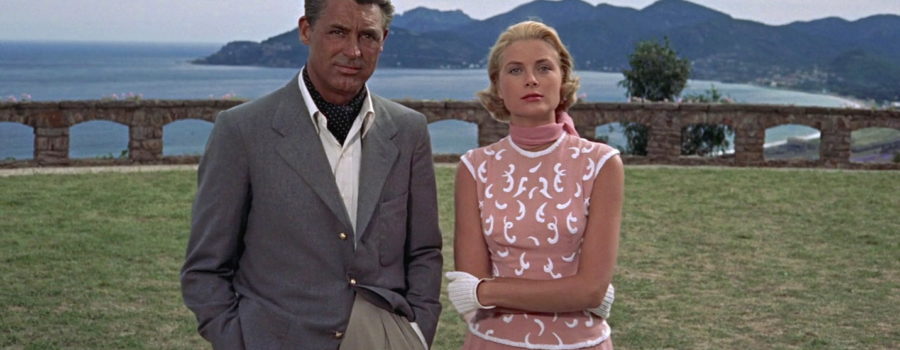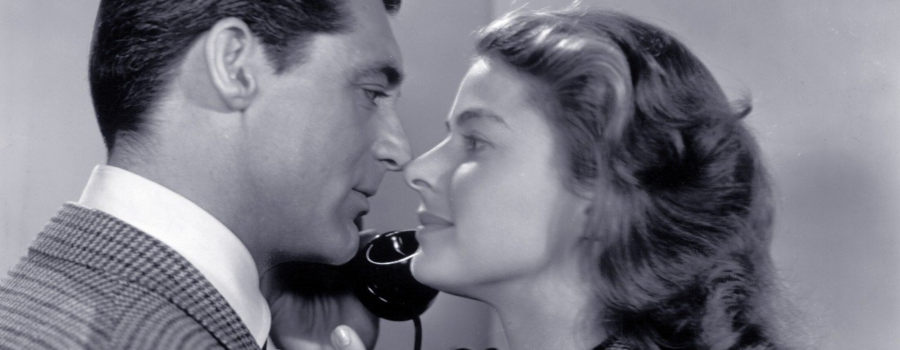To Love or Leave: The Paradoxical Feminism of Alfred Hitchcock’s Suspicion

|Chris Polley| “Just because you’re paranoid doesn’t mean they aren’t after you,” Joseph Heller famously wrote in his 1961 wartime satire Catch-22. Taking place during World War II and reveling in the titular paradoxes inherent in the very concepts of warfare and military service… Continue reading



